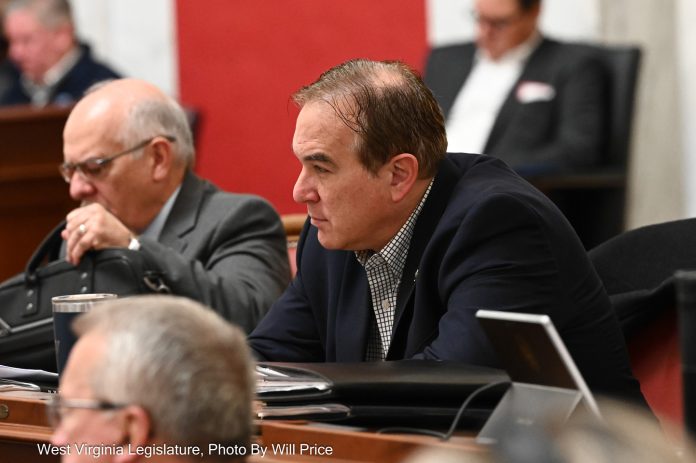The Joint Committee on Judiciary met this morning to hear a report on the WV Strategic Plan to divert Justice-Involved Individuals. In 2023, Senate Bill 232 passed requiring the development of a study group for West Virginia using the Sequential Model to move at-risk populations away from the criminal justice system, provide treatment, and promote continuity of care and intervention.
The populations focused on in this model are juveniles, adults with mental illness, individuals with intellectual development disabilities, cognitive impairment and traumatic brain injury, and individuals struggling with substance use disorder. Stakeholders have been meeting via Zoom to discuss the model and needs in the state.
The Sequential Intercept Model details how individuals with mental health issues encounter and move through the criminal justice system. It helps communities identify resources and gaps in services at each intercept and develop local strategic action plans. The goal is to use intercepts to divert individuals with mental illness out of the criminal justice system. There are six intercepts in the model:
- Zero – before any contact with law enforcement
- One – contact with local law enforcement
- Two – court hearings
- Three – Trial, jail
- Four Prison/Jail reentry
- Parole/Probation
Common themes identified by the study group were that the state has numerous programs for different issues and problems but there is a communication issue. There is little to no communication sharing between agencies. Programs need sustainable funding. Programs are inconsistent in implementation across the state.
The group’s recommendations are:
- To create a Council for Coordination of Forensic Mental Health Services: this would be a continuation of the study group in a council with the addition of active legislative member participation and input.
- Changes to the WV State Code
- Expansion of continuum of care services for justice-involved individuals with mental illness: this would include stepdown, transitional living, crisis stabilization, and group homes.
- Increased Communications between agencies: this would require the creation and use of shared databases.
Moving forward the group wants to continue working together, identify funding sources, develop standards and protocols, and create the Sequential Model as planned.

